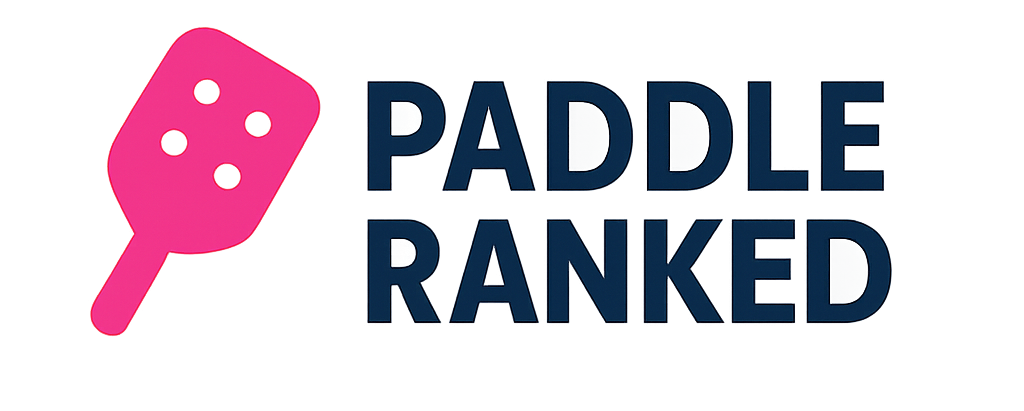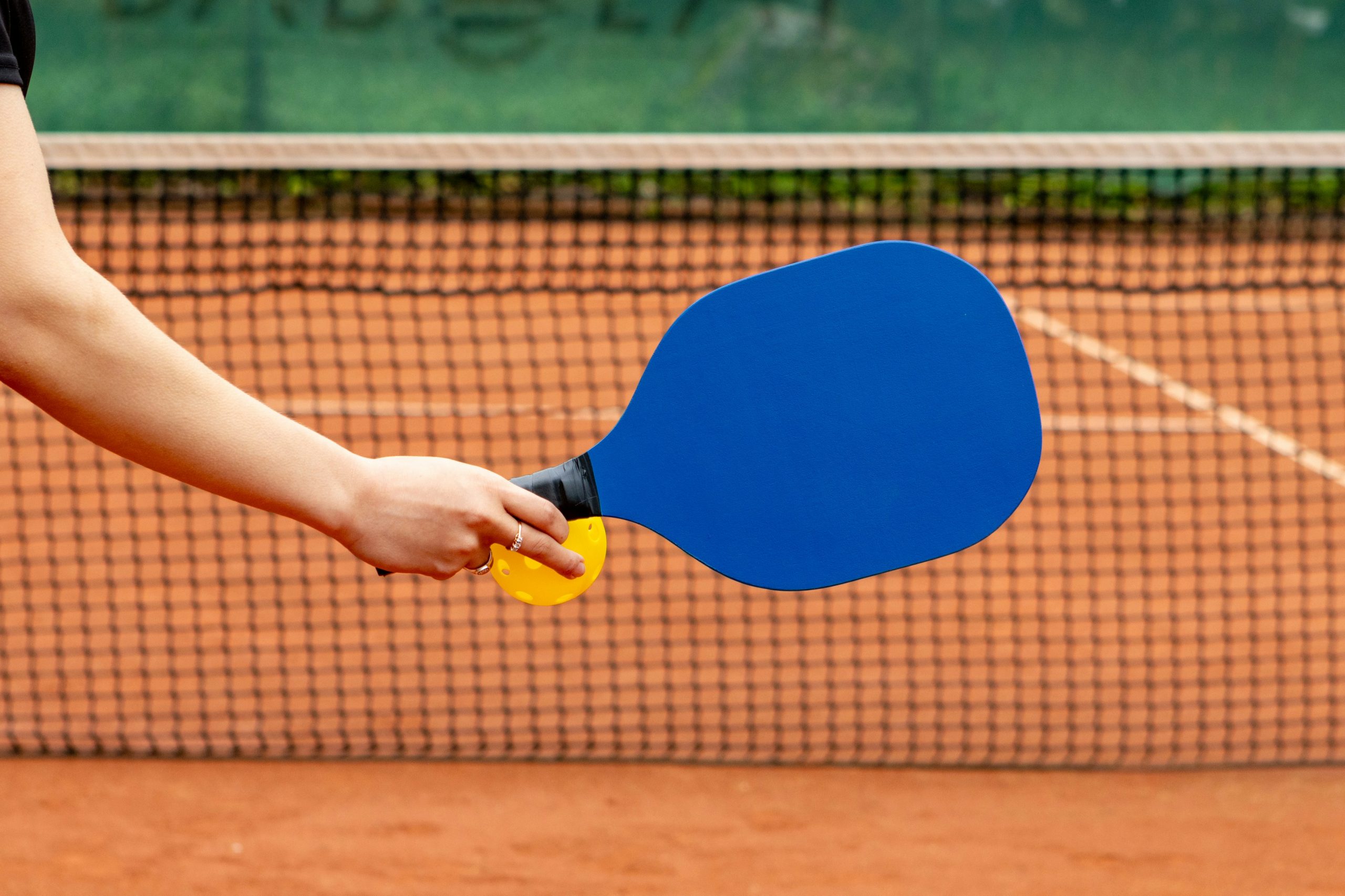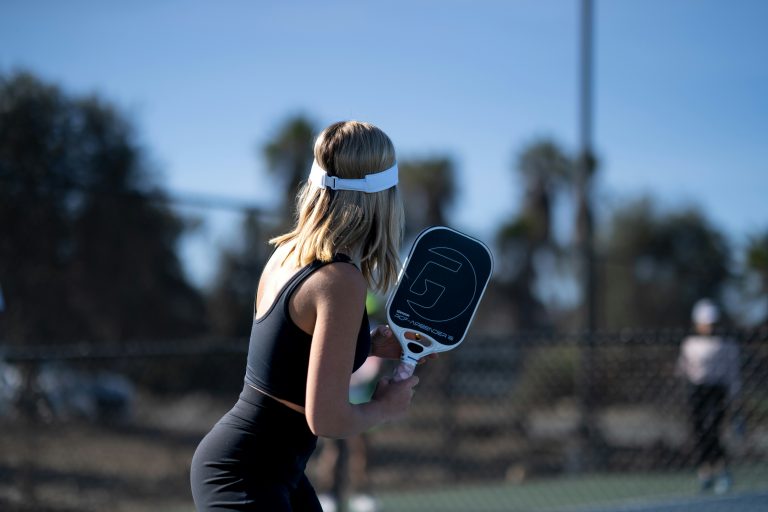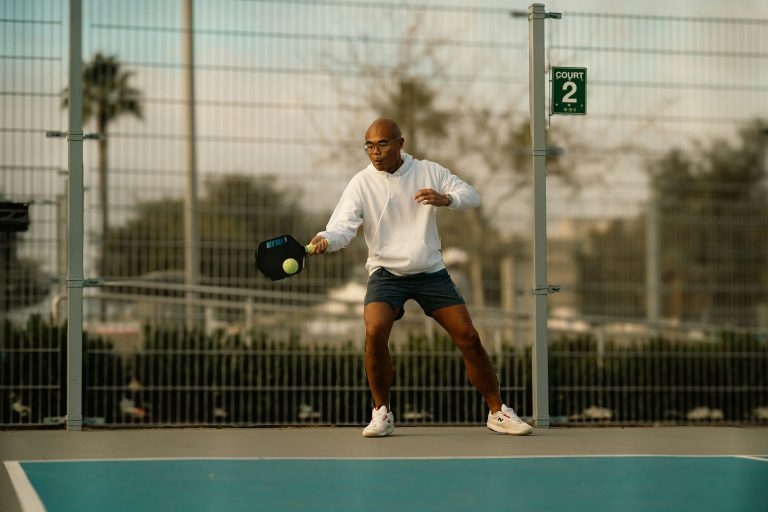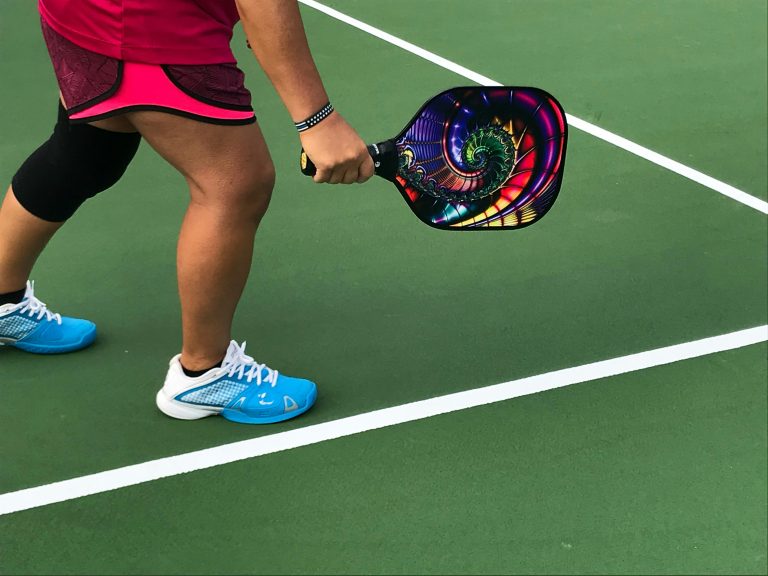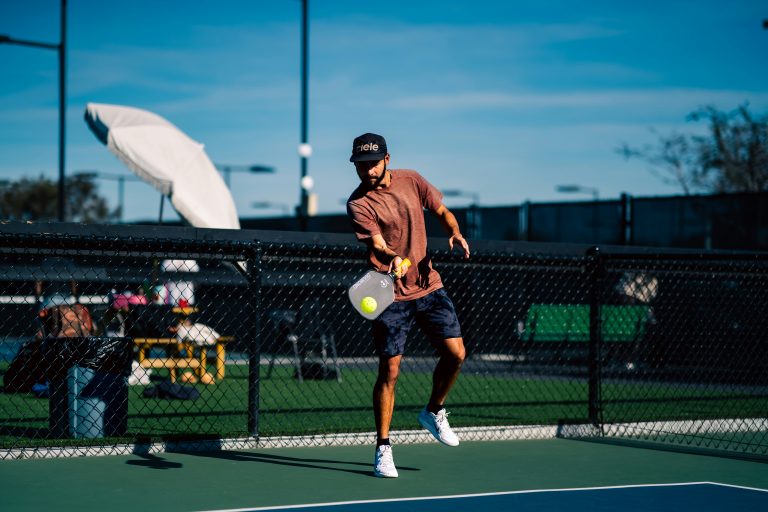What Makes a Good Pickleball Paddle?
Everyone says, “Find the right paddle.” But what does that actually mean?
Updated May 2025
Whether you’re just getting into pickleball or leveling up from your first set, choosing the right paddle can feel oddly confusing. One minute you’re reading about grip sizes, and the next you’re deep in Reddit threads comparing carbon fiber weaves. The truth? What makes a good pickleball paddle really depends on you—how you play, what you value, and where you’re at in your journey.
In this guide, we’ll break down the key factors that actually matter, minus the fluff. From paddle surfaces to shape, weight, and grip, we’ll walk you through how to spot a paddle that matches your style. And along the way, we’ll link out to helpful guides if you’re looking for specific picks.
1. Paddle Surface Material
Your paddle’s surface plays a big role in how it feels, and how it performs. The three most common face materials are:
- Fiberglass: Offers pop and power. Great for beginners who want something forgiving and responsive.
- Graphite: Offers a blend of control and touch. Lighter, crisp feel. Very popular with players who like placement over brute force.
- Carbon Fiber (especially Raw Carbon): Offers maximum spin and dwell time. A gritty texture grips the ball longer, which is why it’s the go-to for spin-heavy players.
👉 Want more spin? Check out our top rated spin paddles
2. Core Thickness & Type
The paddle’s core controls how the ball feels off the face. Most paddles use a polypropylene honeycomb core, it’s durable, lightweight, and soft enough for touch.
- 13mm–14mm cores feel poppier and offer quicker response. Good for players who like fast hands or want more speed on drives.
- 16mm+ cores feel softer and give you more control, especially at the net. Ideal for resets and dinks.
Thicker = better touch. Thinner = more pop.
👉 Think you’re a bit ready to level up? Check our picks for intermediate players
3. Shape & Size
Paddle shape affects both feel and performance. Here’s the basic breakdown:
- Standard shape paddles (around 16″ long, 8″ wide) offer balance. Easy to use, forgiving sweet spot, good for most players.
- Elongated paddles (up to 17″ long) offer more reach and leverage. They’re great for spin and aggressive shots, but they come with a slightly narrower sweet spot.
If you’re newer to the game, standard shapes tend to feel more intuitive. As you develop, you might experiment with elongated styles.
👉 Just getting started? Browse our beginner paddle guide
4. Grip Size & Handle Feel
Most paddles come with a 4.25-inch grip circumference, which fits most hands. But if your hands are on the smaller side, or you just like a tighter hold, you might prefer something closer to 4 inches.
Not sure? You can always size up with overgrips. But if it starts too thick, you’re stuck.
5. Weight Class
Weight affects swing speed, control, and joint strain. Here’s how it breaks down:
- Lightweight (<7.4 oz): Faster hands, easier on joints, less power.
- Midweight (7.4–8.4 oz): The sweet spot. Balanced for control and pop. Works for most players.
- Heavyweight (8.5+ oz): More power with less effort, but can tire your arm faster.
Joint issues? Start light. Power-hitter? Go heavier.
Bonus: USAPA Approval — Does It Matter?
Only if you’re playing tournaments. USAPA approved paddles are tested for deflection, surface grit, and more. For recreational play, it’s not a big deal. But if you think you might compete, look for the approval stamp to stay compliant.
Final Take: Choose Based on Feel, Not Just Features
The specs matter, but how the paddle feels matters more. A paddle that looks great on paper might not feel right in your hand. And that’s okay.
You’ll only know what works by playing. So use this guide to narrow down your choices, and then try something that fits your game today, not the one you think you’ll have in six months.
👉 Ready to find your match? Start here:
